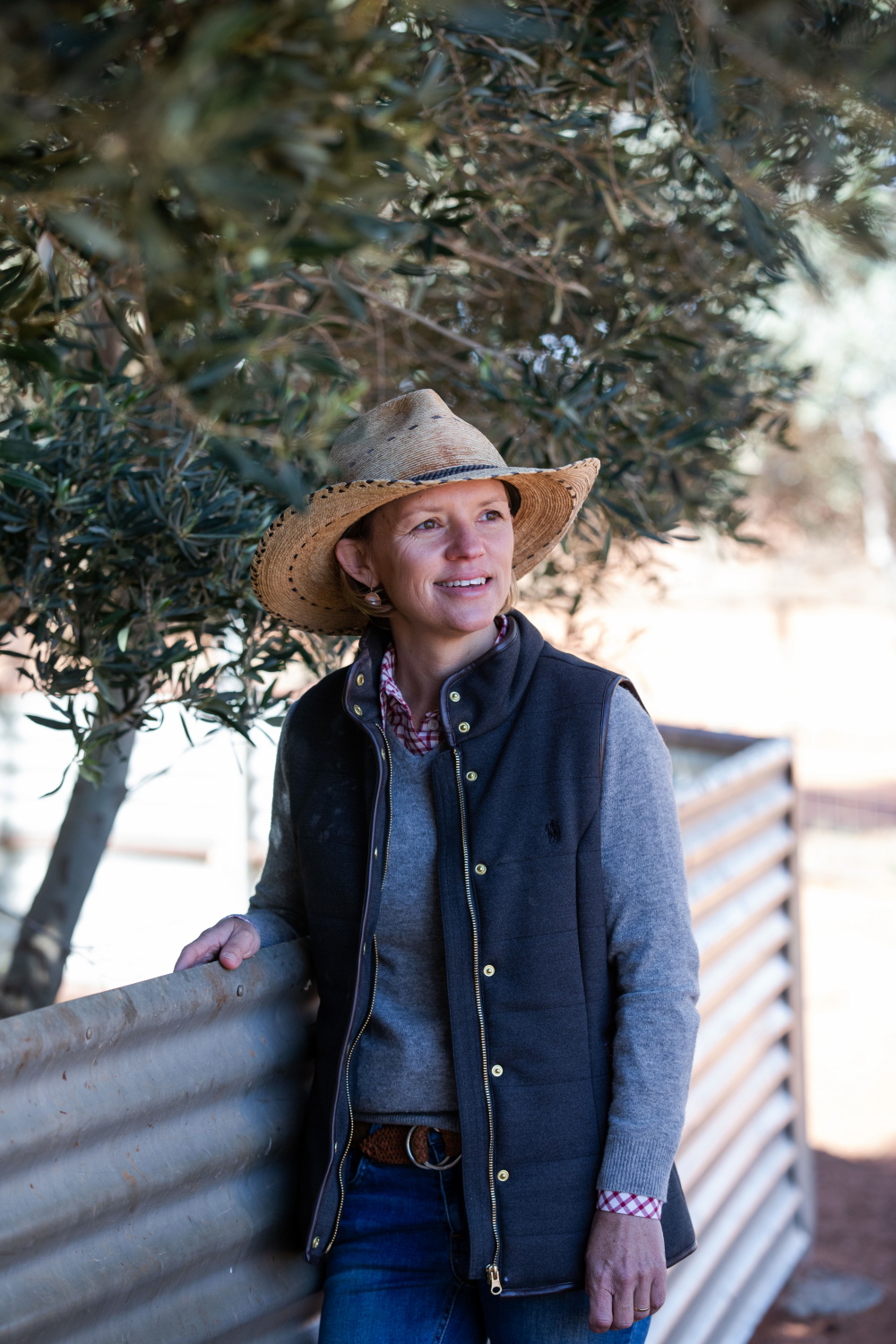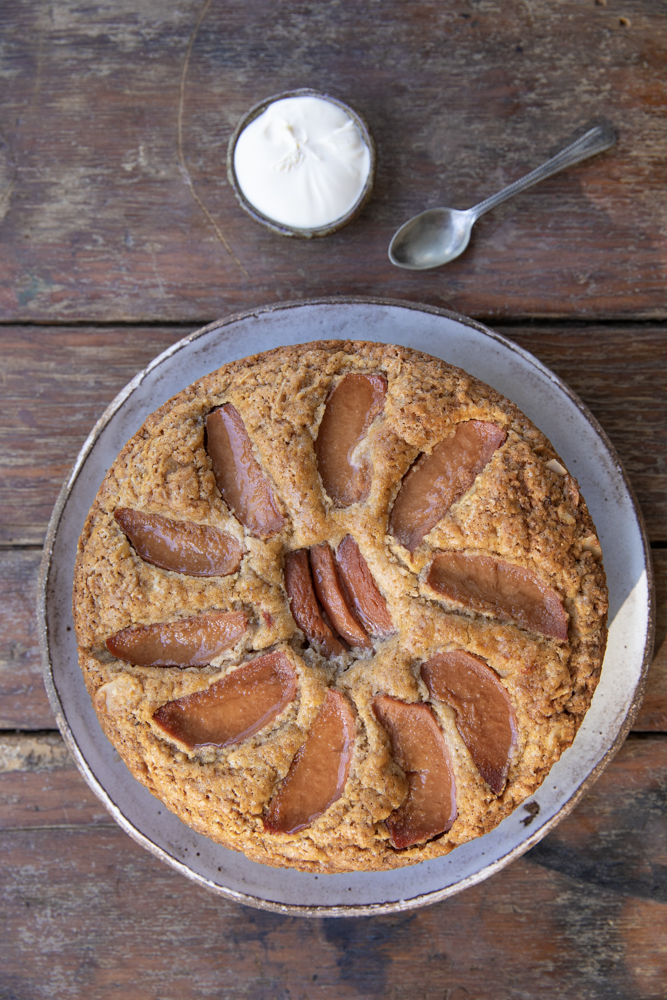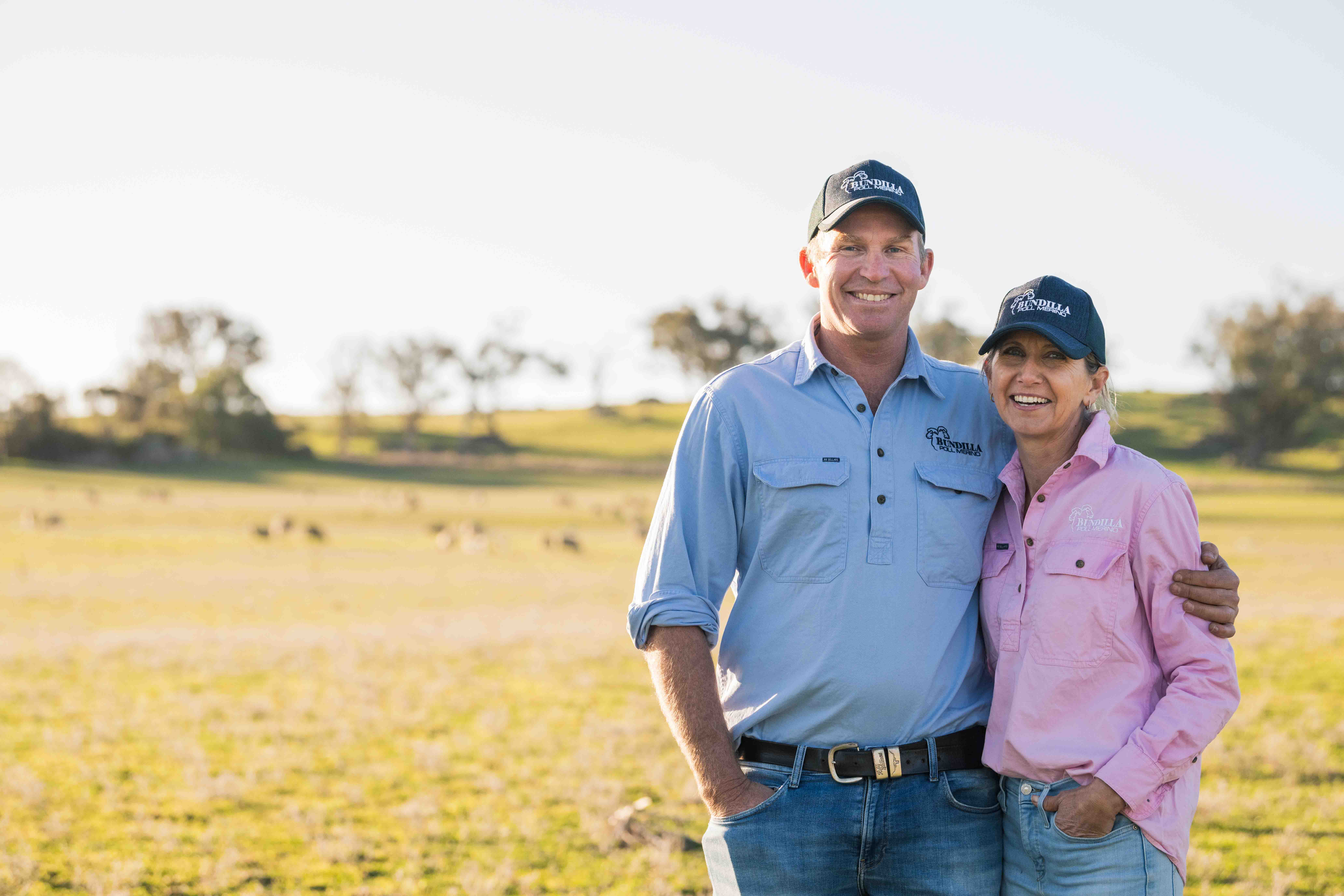PHOTOGRAPHY JANE MIKALA WILBOW
Sign up to our mailing list for the best stories delivered to your inbox.
Jane Smith, also known as The Shady Baker, takes the time to slow down and appreciate the benefits of having a few quince trees at home.
WORDS & PHOTOGRAPHY JANE SMITH

PHOTOGRAPHY JANE MIKALA WILBOW

As regular readers know, home for me is a 25,000 hectare property in western NSW where I live with my husband, Terry and our two children Annabelle, 14 and George, 11. We have lived at Scarsdale since 2000 and run mostly Merino sheep. We also have cattle and a collection of horses, pet goats and sheep dogs. My days are spent supporting my farming husband, growing vegetables, baking bread, taking photos, cooking and all of the other bits that make up farming family life. Every day I cook for us, sometimes I cook for our mustering crews and occasionally I cook for a local cafe.
There are two sturdy quince trees growing proudly in my garden. Many winters ago I planted them as skinny, bare sticks and now they are tall and strong and provide kilos of fruit each year. As the weather begins to cool off I notice the fuzzy fruit starting to poke out between the rust-tinted leaves. The branches start to sag from the weight of the crop and then I know it is almost time to make plans for the long cooking process that quinces require to make them edible.
Before you commit to cooking quinces be sure to make a display with them and enjoy their perfume in your kitchen.
I can guarantee that you will feel immense satisfaction from seeing your quinces spilling out of a beautiful basket, bowl or crate on your table or bench. Leaving some foliage or branches attached will add impressive texture and warmth to your display. Quinces, once they are harvested, will keep for several weeks on your benchtop.
Some cooks may be put off by the cooking process and while it does take time it is not difficult. It is best to set aside a cold afternoon when you have plenty of time for rhythmic peeling and chopping and when the house will benefit from the gentle warmth of the oven. Once quinces are cooked they can be used on top of porridge or muesli or served with cream, ice cream or yoghurt. Cakes, crumbles and tarts are other ways to use up this rich fruit. I have also found that the cooked pieces freeze successfully if you find yourself with excess fruit.
The Shady Baker chats to Graziher’s Life on the Land podcast about her life on a sheep station east of Broken Hill and her love of cooking for her family. Article continues below.

SLOW-BAKED QUINCES
8-10 uncooked quinces (see note)
1 vanilla bean, split lengthways
2 tablespoons honey
1. Preheat the oven to 160°C. Using a sharp knife, carefully cut each quince in half and then quarters if you like. Remove the seeds. At this stage you can cut out the core; however, it is also easy to remove the core after the cooking process. Using a sturdy vegetable peeler, peel each piece.
2. Place the quince pieces in a large baking dish in a single layer. Use a baking dish with a lid if you have one.
3. Pour 1–2 cups of water over the quinces to a depth of about 2cm and add the split vanilla bean.
4. Cover the dish and cook for 1–2 hours, checking occasionally. Top up with more water if necessary. Add the honey to the dish and continue to cook for a further 1–2 hours. Baste the quinces with the cooking liquid occasionally and top up with water again if necessary.
6. Quince is cooked when it are soft but not completely collapsed and has turned a deep pink colour. Once the quince is cooled, remove the cores if necessary.
Note: The amount of quince required will vary depending on the size of your dish. Because it is a lengthy cooking process, it is best to cook as many as possible in one batch. The longer you can allow the quinces to cook the more intense the colour, flavour and aroma will be.

QUINCE & ALMOND CAKE
1 cup (150g) self-raising flour
1 cup (150g) wholemeal
self-raising flour
3/4 cup (160g) raw sugar
1 teaspoon mixed spice
50g flaked almonds
1 egg
3/4 cup (185ml) milk
95ml neutral-tasting oil, such as sunflower oil
1 teaspoon vanilla extract
12 quarters slow-baked quince (see note)
1. Preheat the oven to 180°C. Grease and line the base of a 23cm round springform cake tin with baking paper. Set aside.
2. Sift both flours into a large bowl. Add the sugar, mixed spice and almonds and stir to combine. In a jug or a separate bowl, whisk together the egg, milk, oil and vanilla until combined. Add the liquid mixture to the dry mixture and stir gently to combine.
3. Scrape the mixture into the prepared tin. Press the quince quarters gently into the mixture, distributing them evenly around the cake.
4. Bake for 30–40 minutes until a skewer inserted into the cake comes out clean. Set aside to cool for 15–20 minutes in the tin and then carefully remove from the tin and set on a wire rack to cool completely.
Note: The amount of quince required for the cake will vary depending on the size of the quinces. It is best to cook a large batch as per the slow-baked quince instructions. Use leftover quince for breakfast or as a dessert.
To read more about Jane’s life, visit her website or find her on Instagram.
Subscribe to Graziher and never miss an issue of your favourite magazine! Already a subscriber? You can gift a subscription to someone special in your life.
To hear more extraordinary stories about women living in rural and regional Australia, listen to our podcast Life on the Land on Apple Podcasts, Spotify and all major podcast platforms.

As photographer and emergency nurse Jen Hoskins puts it: “These are the days we’ll be sitting around talking about in 80 years.”

Now managing Bundilla Poll Merino stud, Jill Baldwin has spent her life working sheep, leading industry progression and quietly inspiring a new generation of women in agriculture.